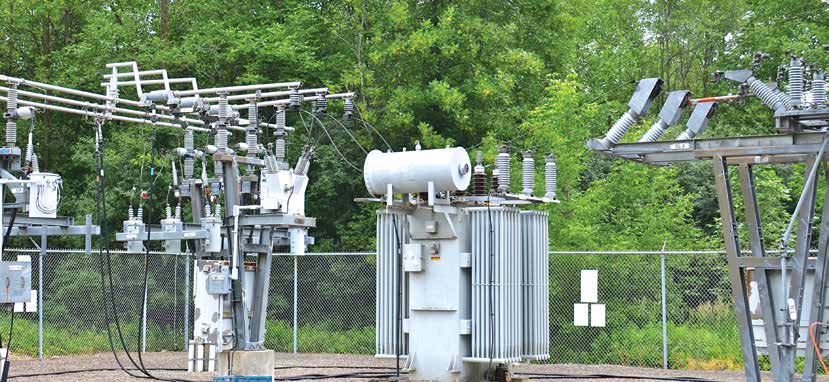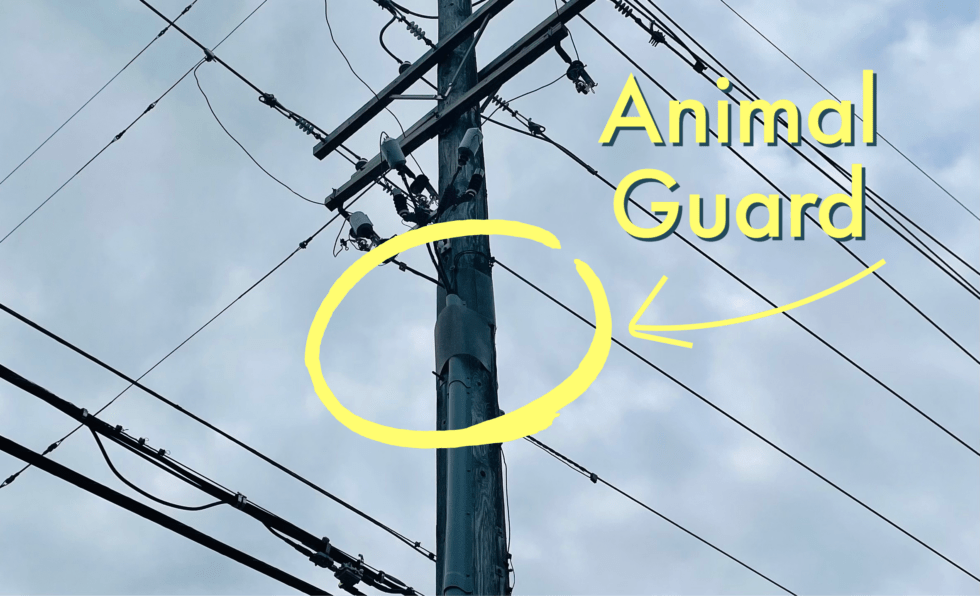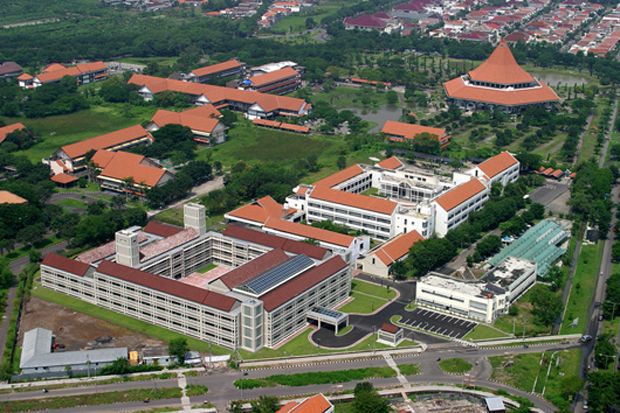Banketstaaf
- Home Page 212

2022 Guide for Animal Deterrents for Electric Power Supply Substations
1264-2022 – IEEE Guide for Animal Mitigation for Electric Power Supply Substations
IEEE Power Engineering Society
CLICK HERE to order the guide
Related:
Human Anatomy Learning Platform for Medical Students
Evianita Dewi Fajrianti
Sritrusta Sukaridhoto – Muhammad Udin Harun Al Rasyid – Rizqi Putri Nourma Budiarti
Ilham Achmad Al Hafidz – Naufal Adi Satrio – Ardiman Firmanda
Department of Electrical Engineering, Politeknik Elektronika Negeri Surabaya, Indonesia
Abstract: Augmented Intelligence technology was introduced for the task of helping improve human work in various fields, one of which is education. Several problems in the learning process, which are currently completely virtual, raise new problems, especially related to practicums which require teaching modules as guidelines for practicum implementation but still maintain the impression of interactive learning. For this reason, Augmented Reality technology is applied as a solution to build a practical human anatomy module, then called AIVE Platform embedded in smartphones to provide informative and immersive learning that can be run indoors or outdoors so that it is not limited by space and time. This platform can run on Android and iOS which is built on the AR Foundation framework to work across platforms. This module has followed the rules of the anatomical atlas that include labels on each part, there is also a login system to store student usage history, as well as the choice of learning mode. This module has been licensed to operate from a teaching doctor in anatomy to be used as a teaching module. The PIECES framework used to analyze the importance and satisfaction level of the platform gives score 4.085 out of 5 on and 4.081 out of 5 respectively.
CLICK HERE to order complete paper
Electromagnetic Interference in the Intensive Care Units of a University Hospital
Electromagnetic Interference in Hospital Environment:
Case Study of the Intensive Care Units of a University Hospital
Victoria Souza Fernandes
Raquel Aline A. R. Felix – Agatha Eyshilla Da Paz Correia – Alexandre Henrique de Oliveira
Federal University of Campina Grande, Campina Grande, Brazil
Abstract: Electromagnetic (EM) sources are abundant in the routine of a hospital. Such sources can be for personal use, be part of the set of electromedical equipment or the building structure. This article presents the verification of electromagnetic interference between field sources and hospital devices, since electromagnetic interference is a factor that puts the correct functioning of these equipments at risk. As a consequence, patient’s lives are also put at risk. Since in many cases, the vitality of the patient depends exclusively on medical devices, electromagnetic fields were measured inside and outside the intensive care units (ICUs) of the University Hospital Alcides Carneiro (UHAC) with all hospital devices working normally. The electromagnetic field values obtained at the hospital were compared with the values imposed by the International Electrotechnical Commission (IEC).
The Future of Real Estate
Private universities own and manage real estate properties; many of them of historical significance spanning across centuries with settings similar to public universities — academic buildings, research facilities, student housing, administrative offices, and other amenities.
Public universities usually have larger campuses with a mix of owned and leased properties. The specific real estate holdings and their status can vary widely depending on the university’s size, location, and funding. Some public universities have vast land holdings and extensive real estate portfolios and engage in real estate development projects to expand their campuses, construct new buildings, or create public-private partnerships.
Finally got to meet him in person. pic.twitter.com/eQ2SWJfaM7
— Esteban Rossi-Hansberg (@HansbergRossi) August 10, 2023
Smart Grid Blockchains
Department of European and Economic Law and Groningen Centre of Energy Law
Autumn Syllabus Week 48 | November 24-30
Austin Peay State University Tennessee
Monday | November 24 | Colloquium 16:00 UTC
Tuesday | November 25 | Colloquium 16:00 UTC
Wednesday| November 26 | Colloquium 16:00 UTC
Thursday | November 27 | Colloquium 16:00 UTC
Friday | November 28 | Colloquium 16:00 UTC
Saturday | November 29
Sunday | November 30
Aperitifs
This content is accessible to paid subscribers. To view it please enter your password below or send mike@standardsmichigan.com a request for subscription details.
Seven Country Songs
This content is accessible to paid subscribers. To view it please enter your password below or send mike@standardsmichigan.com a request for subscription details.
New update alert! The 2022 update to the Trademark Assignment Dataset is now available online. Find 1.29 million trademark assignments, involving 2.28 million unique trademark properties issued by the USPTO between March 1952 and January 2023: https://t.co/njrDAbSpwB pic.twitter.com/GkAXrHoQ9T
— USPTO (@uspto) July 13, 2023
Standards Michigan Group, LLC
2723 South State Street | Suite 150
Ann Arbor, MI 48104 USA
888-746-3670


















